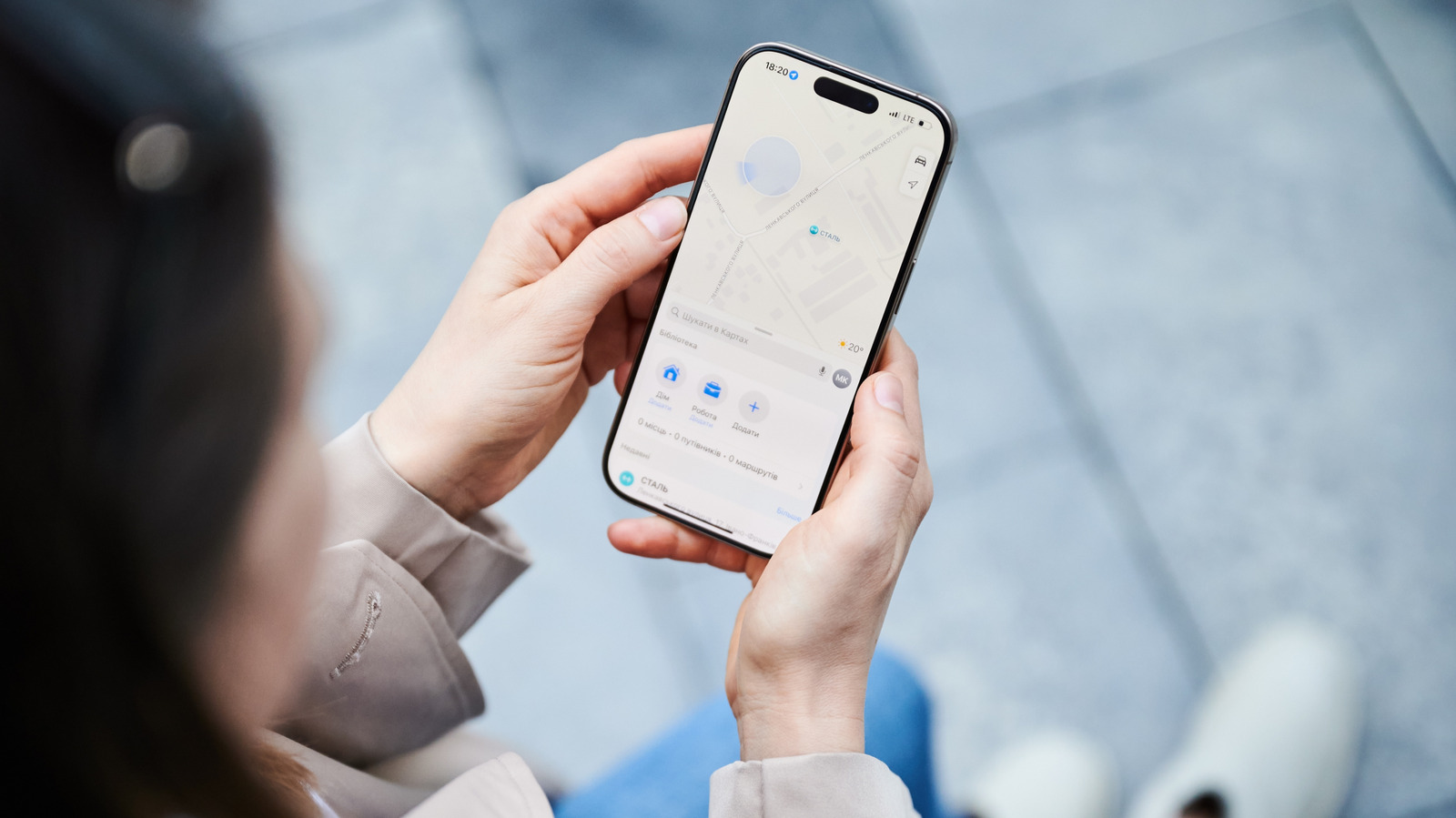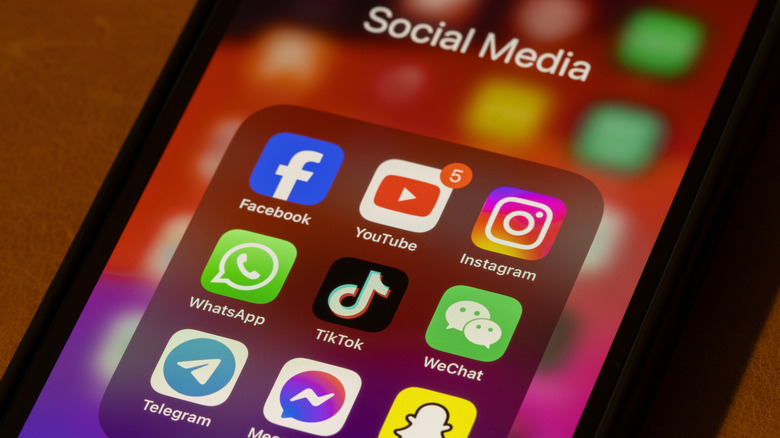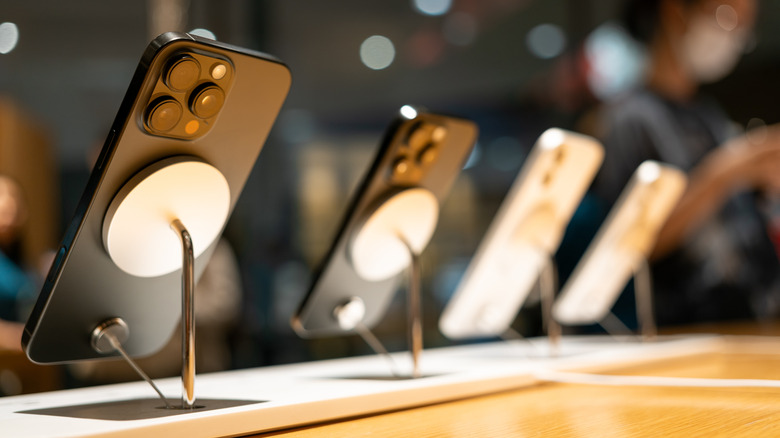If you’ve been using an iPhone that’s starting to show signs of a weakening battery, there are several measures you can take to make the most of your phone’s remaining years. But there’s a popular iPhone battery preservation method that actually doesn’t do much of anything for the life of your phone, and that’s force-closing apps.
You’d think that reducing the amount of software your iPhone is responsible for running at one time would be beneficial, but the truth of the matter is a bit more complex. The iPhone is engineered to handle multiple tasks at once, and once you start messing with normal iOS operations, your closing-apps-to-save-battery efforts may be hurting the long-term health of your device more than you know.
Fortunately, we here at BGR have arrived to shine some light on this situation. We completely understand wanting to optimize the performance of your iPhone, but there are plenty of ways to improve battery life without manually shutting down apps all the time.
Why you should stop force closing apps
From one device generation to the next, Apple has made steady improvements to the way its hardware and software perform, especially when it comes to everyday tech like the iPhone. These insightful developers know the average consumer is likely to be running several iPhone apps simultaneously, which is why there’s a baked-in iOS function called a suspended state. This is a low-power mode that an app enters when it’s not actively being used.
The idea behind placing apps in this suspended state is to prevent them from robbing iOS of system resources. You can think of this iOS suspension as a type of “standby” for the apps you have running in the background. Should you want to start using a suspended app again, iOS hangs on to a sort of RAM imprint of the software, allowing the app to relaunch quickly.
This is all well and good, so why the big fuss about manually closing iPhone apps? Doesn’t shutting down software free up system resources, while reducing battery load? Not really. In fact, if you frequently force close apps and restart them, the relaunching process can put more strain on iOS and battery life than just leaving certain apps running in the background.
Now, we’re not suggesting you never force close an iPhone app ever again. Apple even recommends doing so for any non-responsive iOS apps. And, as any iPhone user will know, there’s nothing like a clean and organized iOS, even just from an optics standpoint.
Other ways to improve iPhone battery life
There are numerous ways to improve how long your iPhone lasts on a single charge, and most of these methods go a long way toward maximizing the full life of your iPhone battery, too. One piece of advice we often recommend is modifying your display settings to be a bit more battery-friendly.
Generally speaking, the less bright your phone screen is, the better. For iPhone X or later, you can quickly raise or lower screen brightness by pulling down from the top-right corner of the screen to access Control Center. (For older iPhone models with a Home Button, simply pull up from the bottom of the screen.) You should then see a brightness adjuster that can be raised or lowered. You can also tap the adjuster for an expanded view, which also includes toggles for Dark Mode and Night Shift (both of which can help improve your iPhone’s battery life), as well as True Tone.
Running your phone in Low Power Mode (Settings > Battery) is another solid option, as this will automatically put a pause on certain iOS background activities and functions, such as 5G connectivity, mail fetch, and background app refresh. You should also check whether your iPhone is running the latest version of iOS, and that any first- or third-party apps you’ve downloaded are up to date.











